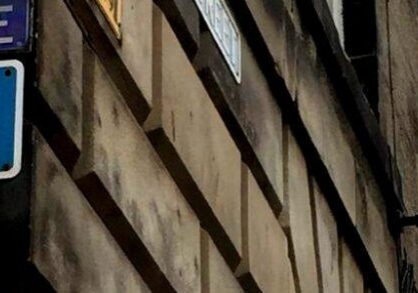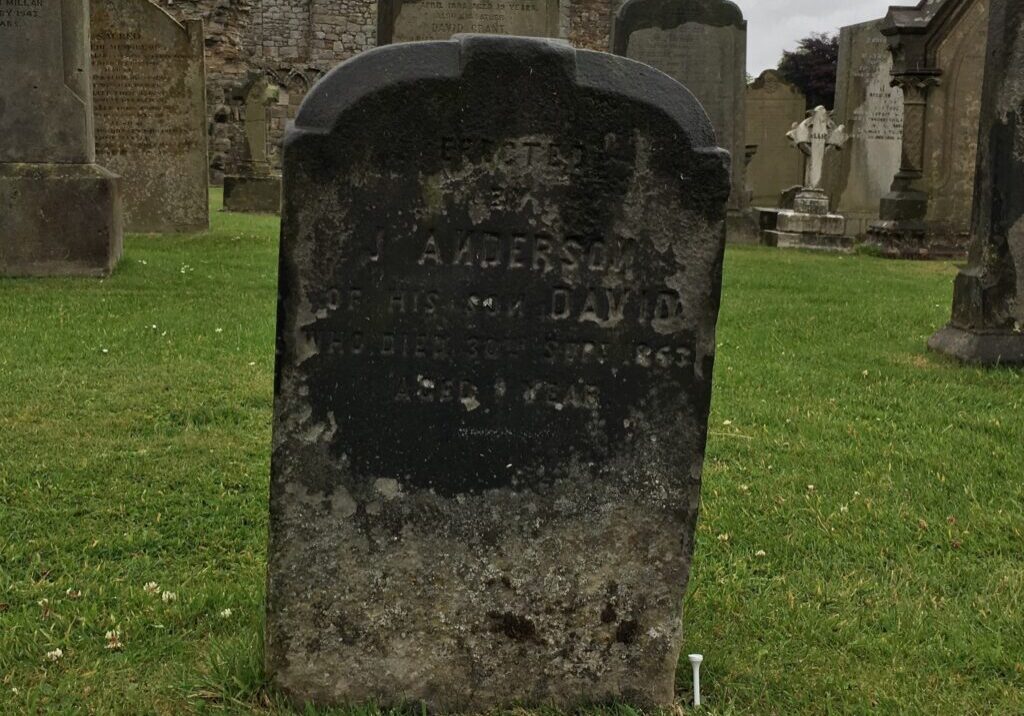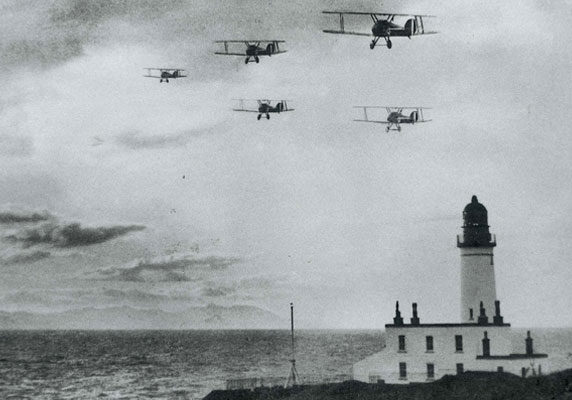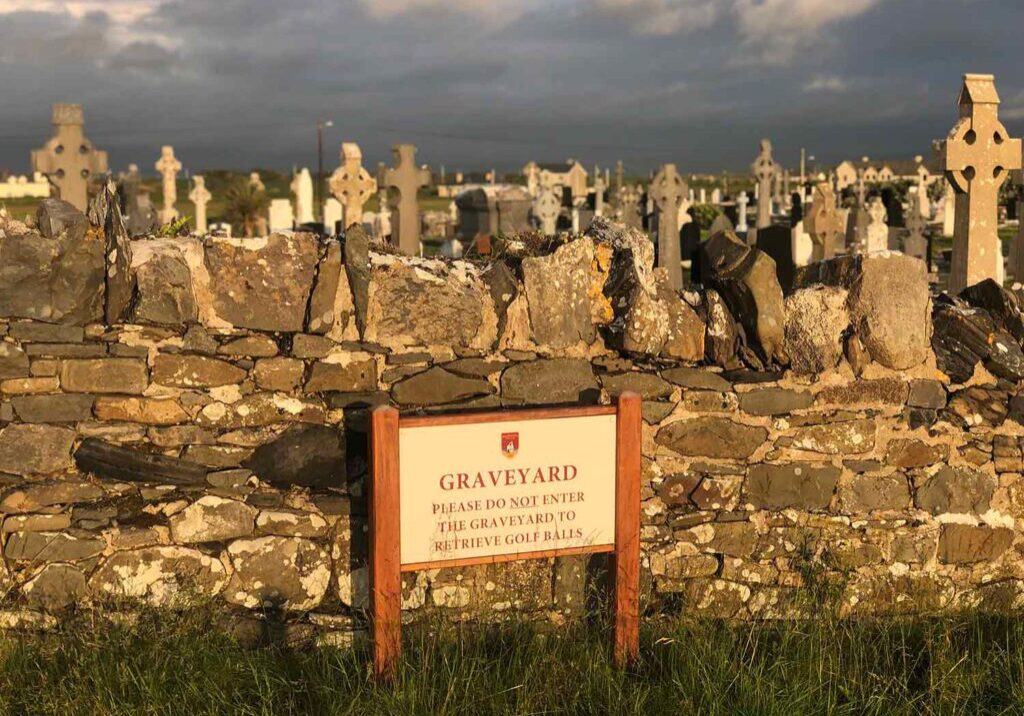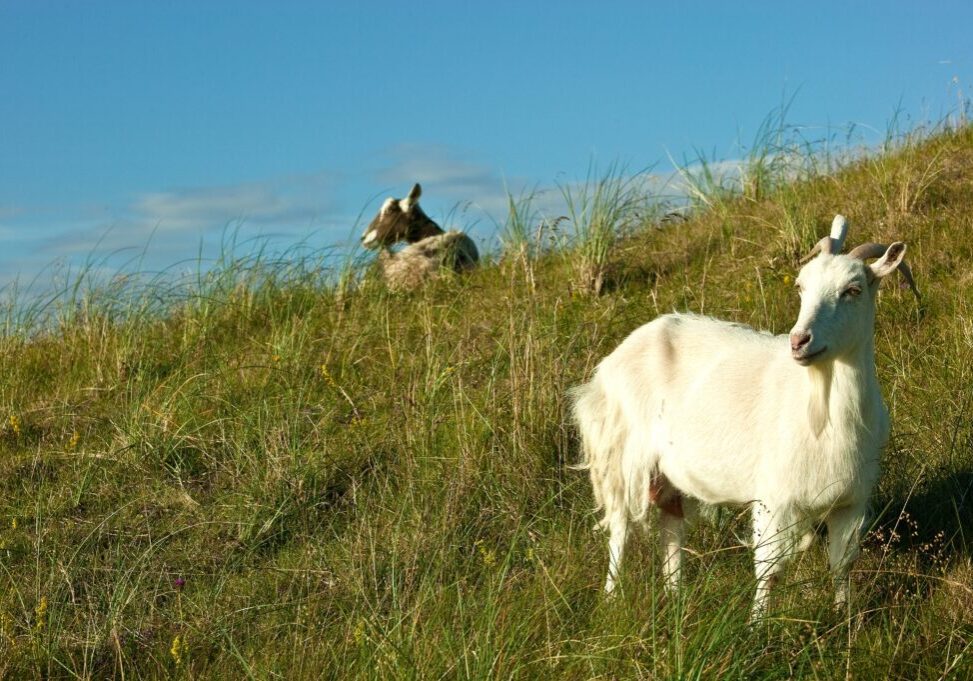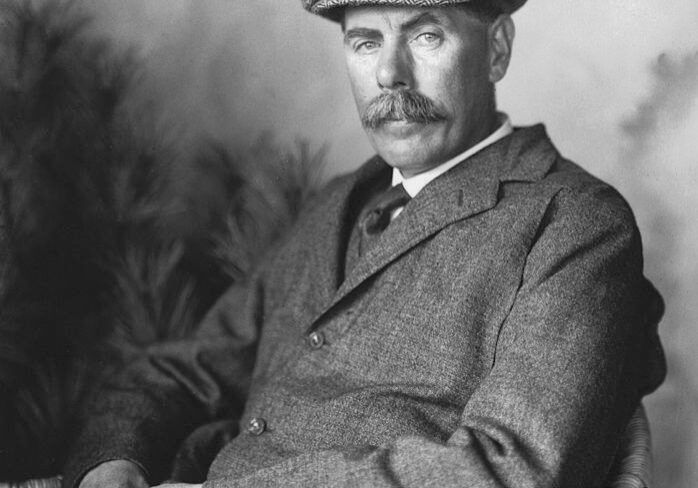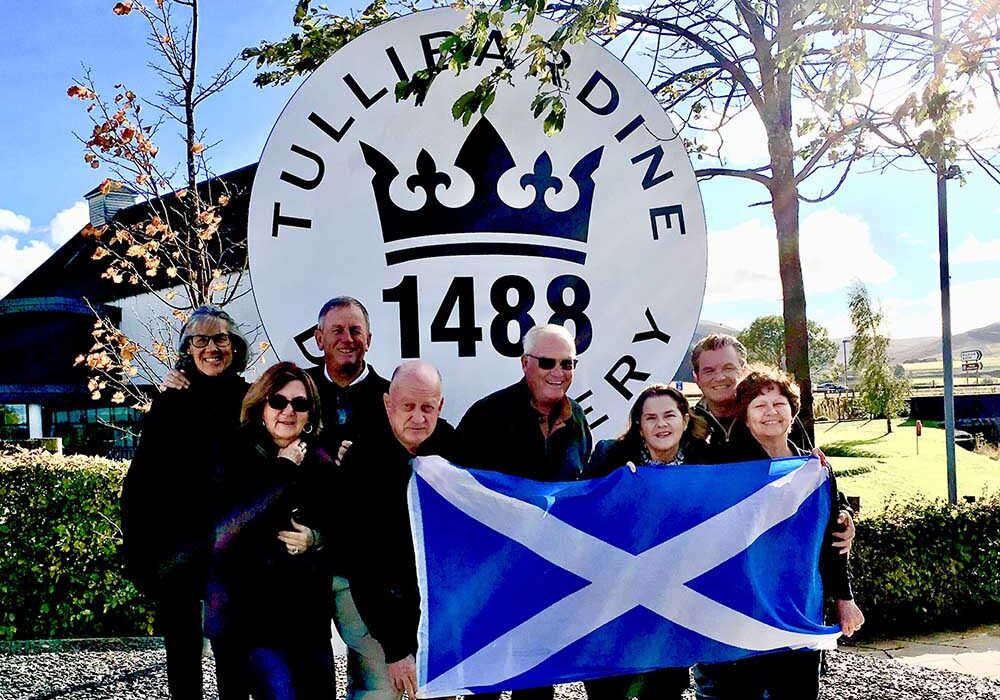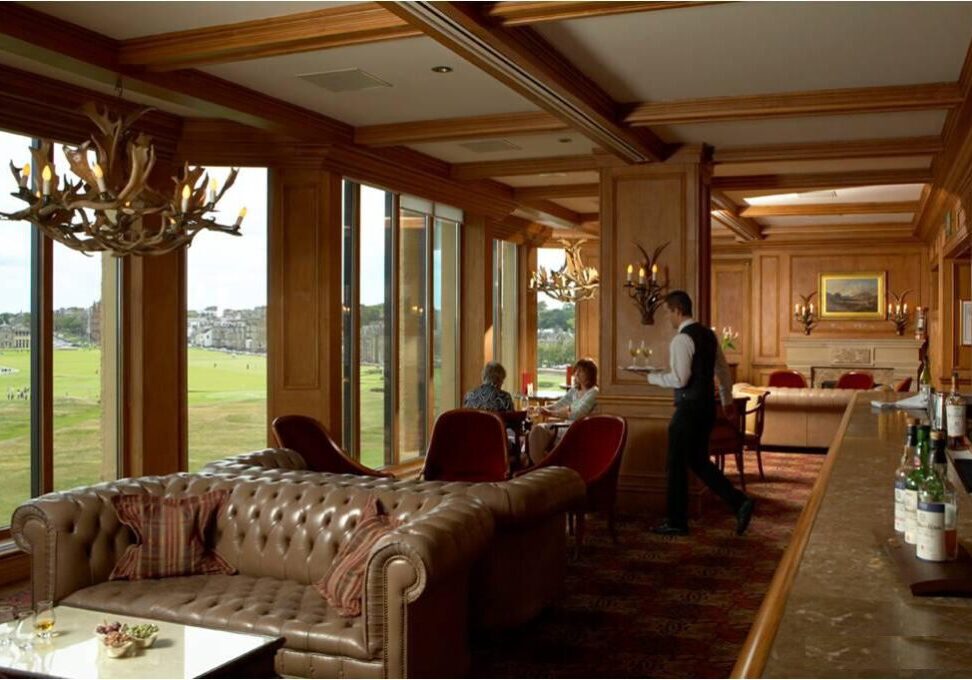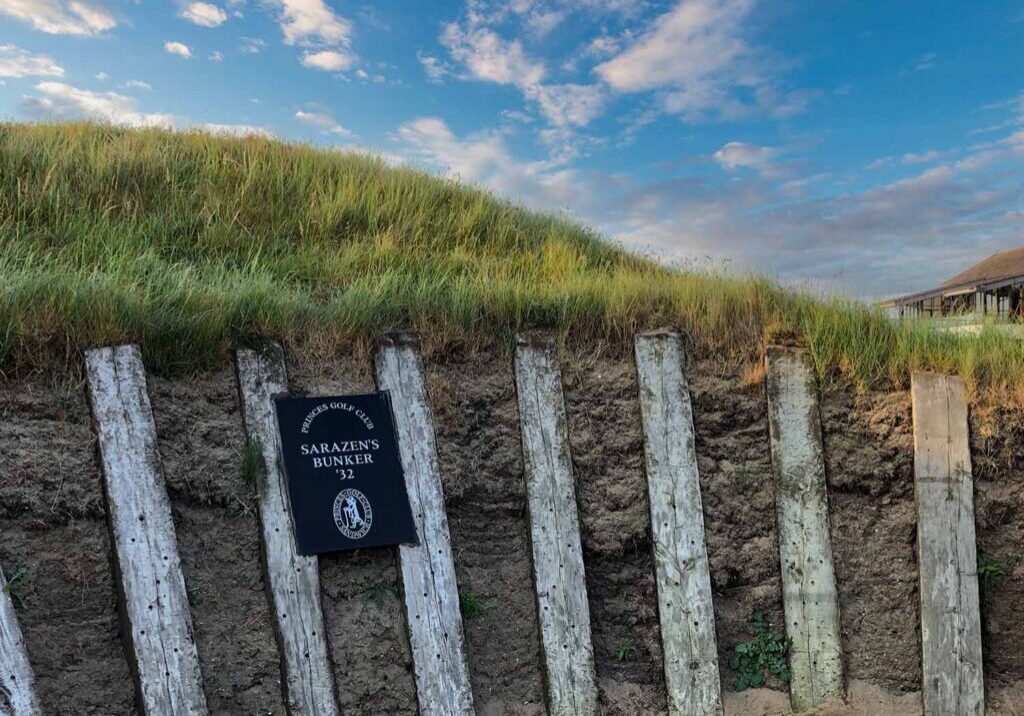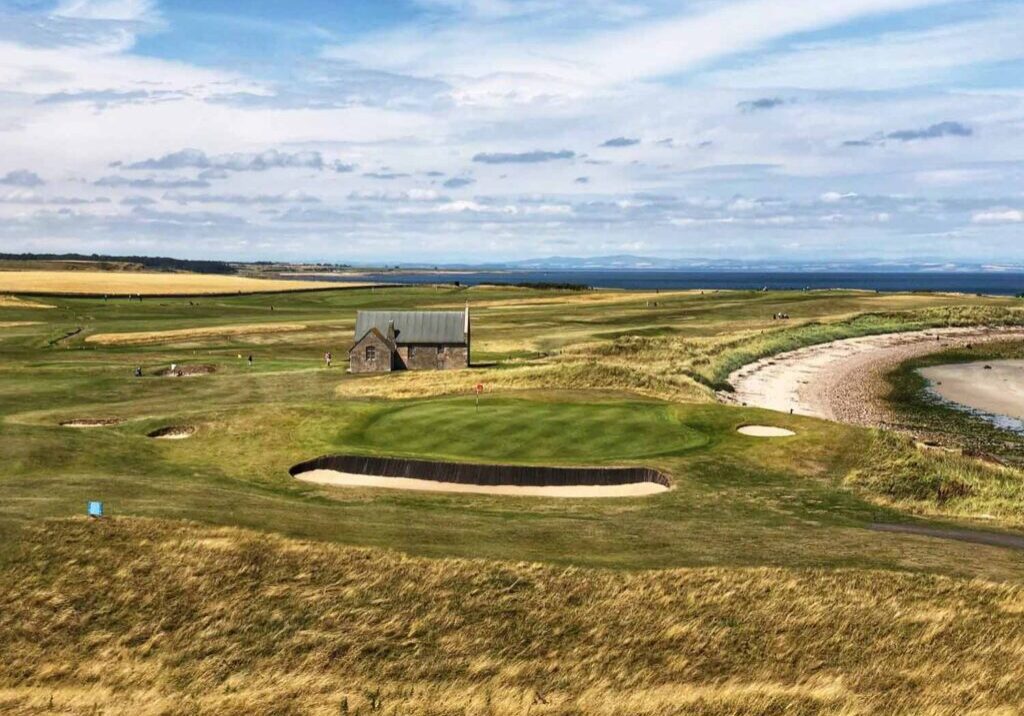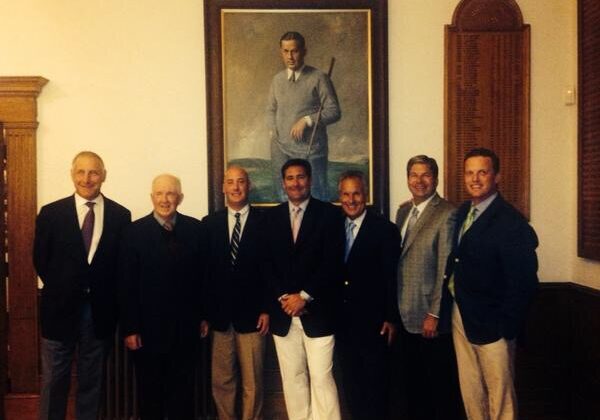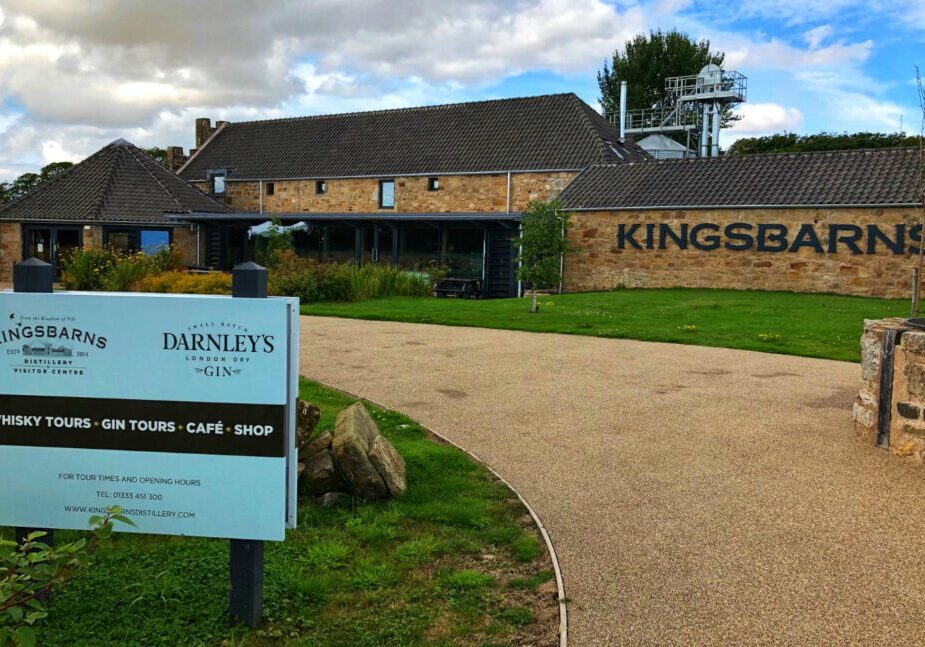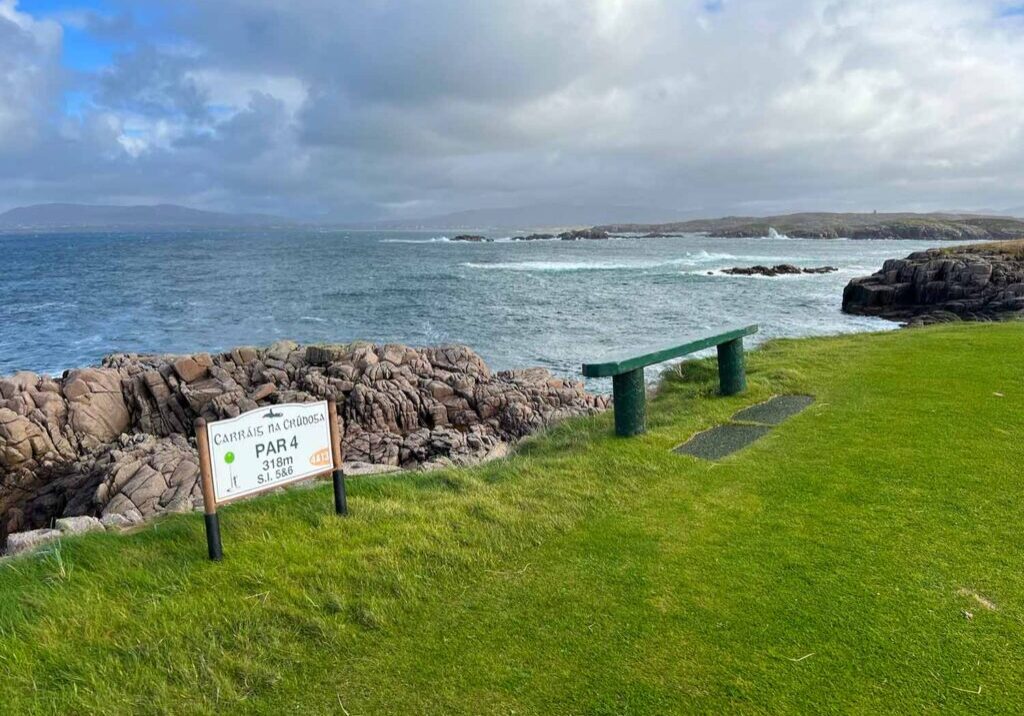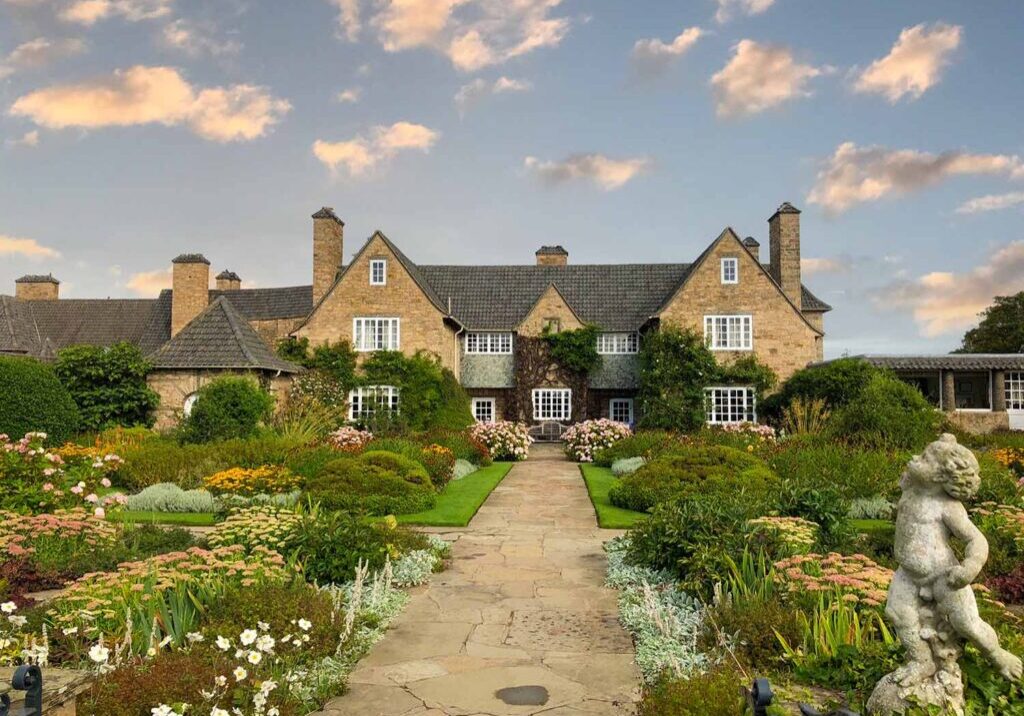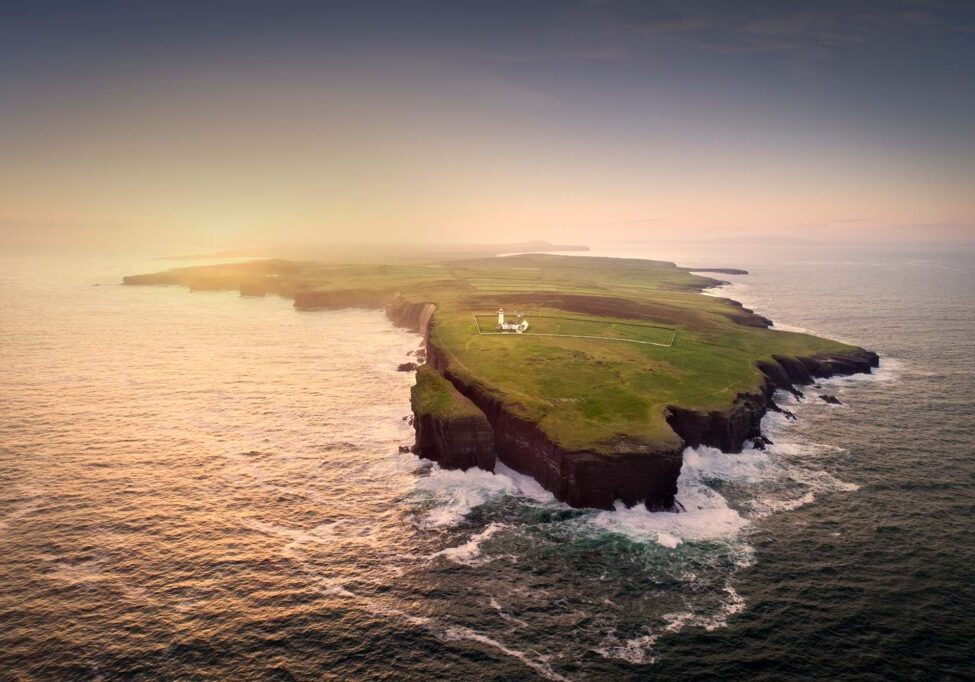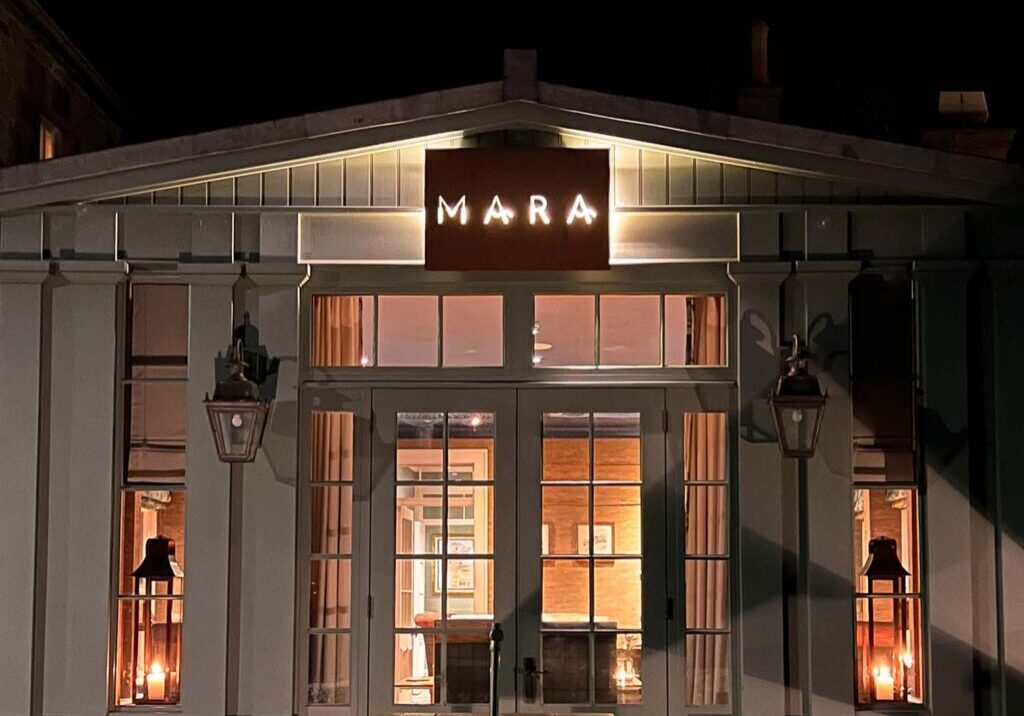
Course Stories – Volume 4
Interesting Anecdotes from Golf Across the Pond
Our Course Stories series on YouTube chronicles the unique holes, history, traditions, and tales from the great golf courses of Scotland, Ireland, and England.
These short, entertaining stories cover topics not usually found in the course guide.
For example, in Volume 1 of Course Stories, we shared the stories behind a blind par-3 at Lahinch, a 1st hole that no longer exists at Prestwick, and a clubhouse built on the wrong piece of property.
In Course Stories – Volume 2, we shared a few interesting tales from Portstewart, Royal Troon, and The Old Course at St. Andrews.
In Volume 3 of Course Stories, we visited Old Head Golf Links, Ballybunion, and the host of the 1932 Open Championship.
Now the series continues with stories courtesy of Adare Manor, Ben Hogan, and Old Tom Morris.
Adare Manor - Calendar House
When the 2027 Ryder Cup arrives to Adare Manor, the golf course will take center stage, but the magnificent manor house is likely to get plenty of attention.
While most visitors bask in the exceptional hospitality found inside, there’s a secret hiding within the walls of Adare Manor.
The extraordinary piece of architecture is a rare example of a Calendar House.
Adare Manor features 365 windows, 52 chimneys, and 4 towers. Combined they represent the number of days, weeks, and seasons in a year.
Ben Hogan & Panmure Golf Club
Ben Hogan and the Panmure Golf Club are an unlikely pairing, yet one whose story is forever etched in the pages of golf history.
In 1953, fresh off his Masters and U.S. Open victories, Ben Hogan journeyed to Scotland for what would be his one and only start in The Open Championship.
The tournament was held at Carnoustie Golf Links, so Hogan spent two weeks learning the links game in relative seclusion at nearby Panmure.
Throughout his career, Mr. Hogan was quoted as saying that he wanted to be remembered as a gentleman first and a golfer second.
A mantra that revealed itself many times over during his time at Panmure.
Although he had a standing invitation from the Club Secretary to dine with the members, Hogan instead chose to take his meals behind closed doors with the Club Professional and Steward as a show of respect.
In addition, Mr. Hogan borrowed a lawnmower to cut his practice green to the same speed as the putting surfaces at Carnoustie.
When he left Panmure, Mr. Hogan returned it to the greenskeeper thoroughly cleaned and fully serviced.
Of course “The Hawk” went on to win the Claret Jug by four strokes, becoming the only player in history to win the first three legs of the modern Grand Slam in a calendar year.
When asked after the tournament which hole had been his favorite, Mr. Hogan coyly responded “The 6th at Panmure.”
The club promptly renamed the hole in his honor.
Old Tom Morris & Golf Course Flags
When Old Tom Morris expanded the course at Carnoustie Golf Links in 1873, he used white flags for the greens on the outward nine and red flags to mark the inward half.
The practice likely originated at The Old Course at St. Andrews, where Old Tom and his mentor Allan Robertson used colored flags to help golfers navigate the enormous double greens.
And yet, Carnoustie features just one double green, making the use of colored flags somewhat needless.
Still, courses around the world adopted the tradition of marking the two nines with different colored flags.
But even the Old Course at St. Andrews has an exception to this rule…
Despite using red flags on the back-9, the 18th green has always been marked with a white flag.
What is your favorite 9th hole across the pond?
Additional Reading
Visit the Yardage Book for More Golf Travel Resources
Golf and the Good Life in Your Inbox
For more valuable insight on golf travel across the pond, sign-up for our Among Friends newsletter.
By signing up you agree to receive marketing communications from Haversham & Baker and have read our privacy policy.
Discover More of Golf at its Finest with H&B
